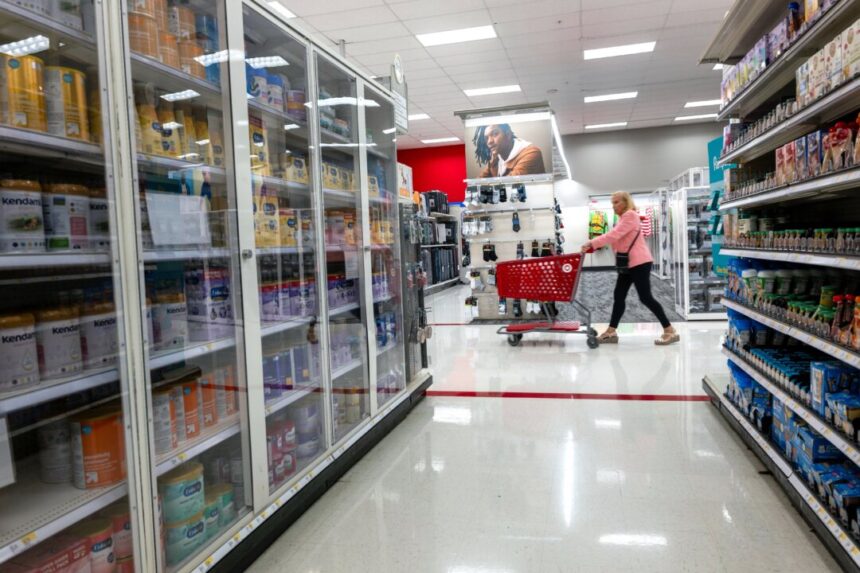Retail customers are increasingly becoming impatient with waiting in stores for locked-up products to be opened, as revealed by recent surveys. This practice, implemented to prevent theft, is driving customers to shop elsewhere or online.
One study conducted by market intelligence firm Numerator found that nearly half of shoppers no longer have the patience to wait for a store clerk to retrieve a shelf-locked product. Frustrated customers opt to make their purchase online (19 percent), go to a different store, or abandon the purchase altogether (27 percent).
Locking up items behind glass or cages, known as “defensive merchandising,” is being used more frequently to combat crime in certain regions. The study by Numerator indicates that customers in areas with higher prevalence have varying levels of patience when purchasing these products.
“The willingness to wait varies regionally, but tolerance isn’t necessarily linked to prevalence,” explained Numerator analyst Amanda Schoenbauer. “Product locking is most common in the Western U.S., where shoppers are the least willing to wait (59%). In contrast, shoppers in the Northeast, where this practice is also prevalent, are more likely to wait (66%). The Midwest sees 60% of shoppers willing to wait, while the South has 63%.”
The report, released in November, surveyed over 5,000 U.S. shoppers in September. It defined locked items as products that are secured for security reasons and require employee assistance to access.
Shoppers tend to shift their purchases online due to frustration and spend less if they have to wait for assistance. Schoenbauer noted, “Shoppers who are unwilling to wait for assistance unlocking products spend more online than those who are willing to wait (21.4 percent of their overall annual spend vs. 18 percent). Although we can’t definitively attribute higher online spending to in-store product locks, it likely plays a role.”
Additionally, the study highlighted generational differences, with Gen Z shoppers being the least likely to wait for an unlocked item (42.8 percent), while Boomers were the most patient (69 percent). Ethnic disparities were also observed, with black shoppers showing the highest patience (70.7 percent), while Asian and Latino shoppers were less patient at around 42 percent. Shoppers with children were less likely to wait for unlocked items compared to those without children.
According to the latest survey on retail crime in 2022 by the National Retail Federation (NRF), losses amounted to $112 billion. Retailers like CVS, Walgreens, Target, Walmart, and Dollar General are now using locked items in some stores to combat shoplifting.
Police and government involvement have increased to address retail theft issues, according to David Johnston, NRF’s Vice President of Asset Protection and Retail Operations. He stated, “Law enforcement and community leaders are collaborating with the retail industry to address high levels of retail theft, violence, and organized retail crime by reviewing laws and resources.”
Despite efforts to combat theft, many retail stores find that locked products are not beneficial, especially when competing with online giants like Amazon for in-store sales. Surveys indicate that theft deterrents, including locked cases, make over 70 percent of shoppers less inclined to shop in person.
Consumerworld.org’s poll of 1,100 shoppers also revealed that more than half of shoppers (55 percent) will not purchase a product if it is locked up. Only a third (32 percent) are willing to seek assistance from a store clerk to open the case.
“Most shoppers prefer not to ask a store clerk for help when a product is locked up,” said Consumer World founder Edgar Dworsky. “At stores like Target, where many health and beauty products are secured, it can be challenging to read labels and compare items with a clerk nearby.”
Please rewrite the following sentence:
“The company’s profits have been steadily increasing over the past year.”
“The company has seen a consistent growth in its profits over the last year.”
Source link






